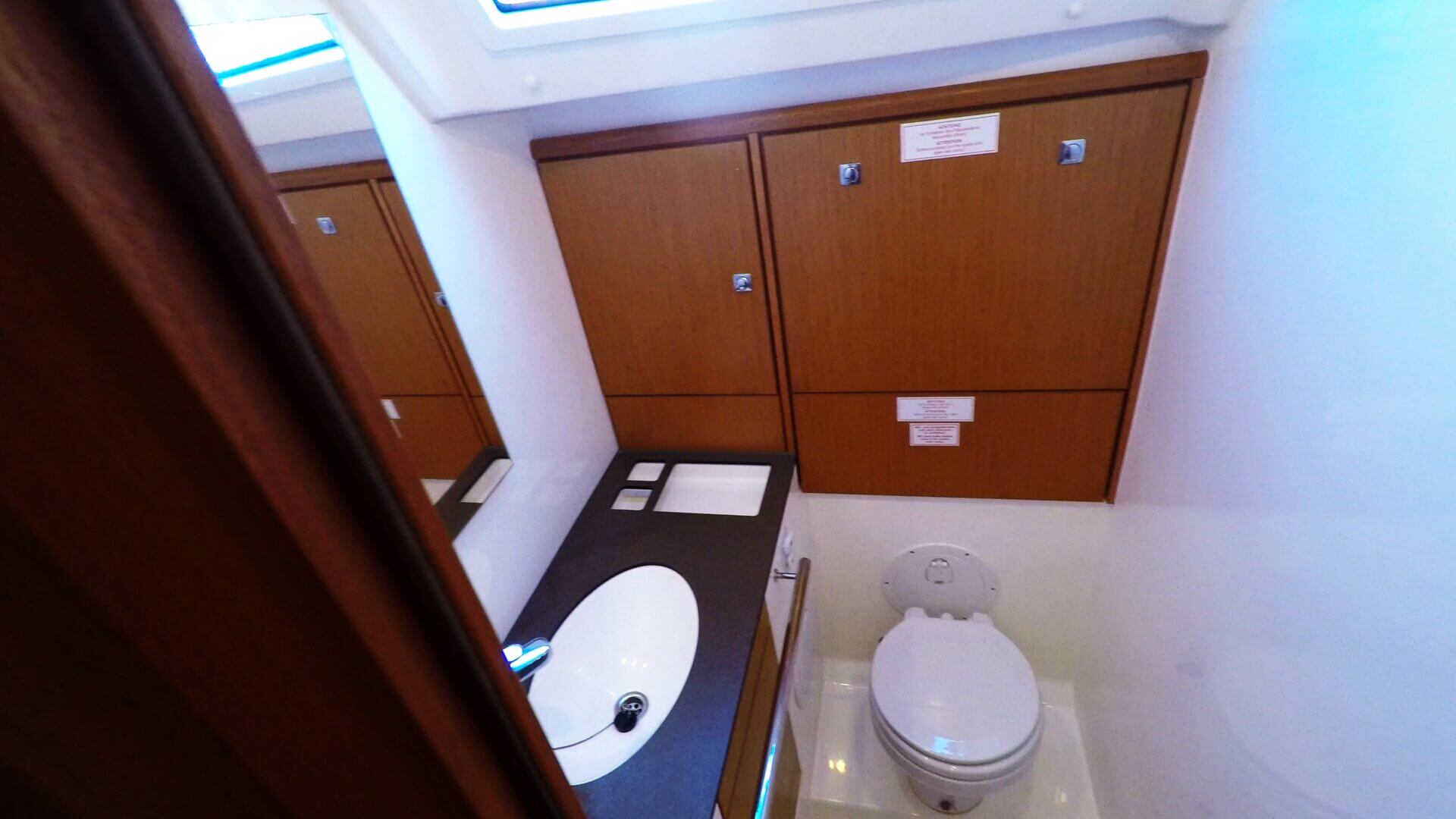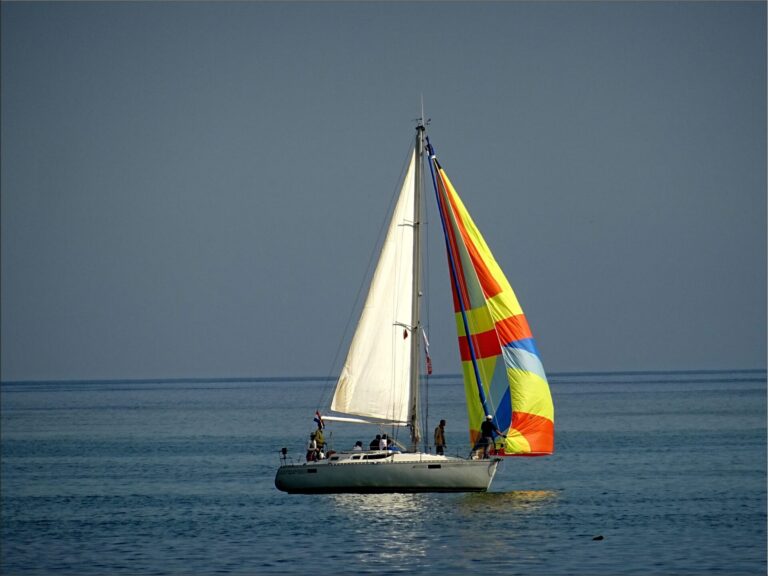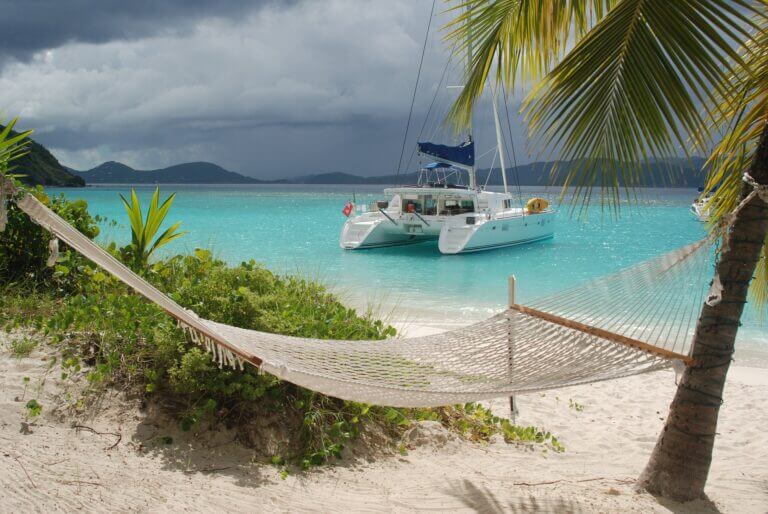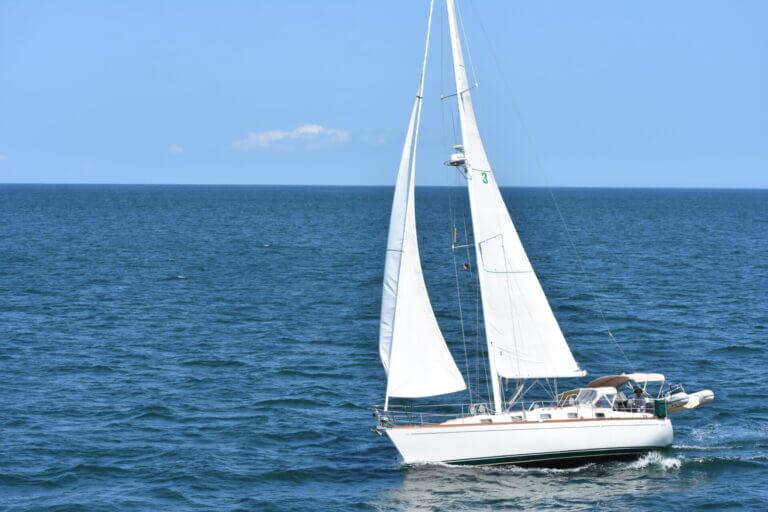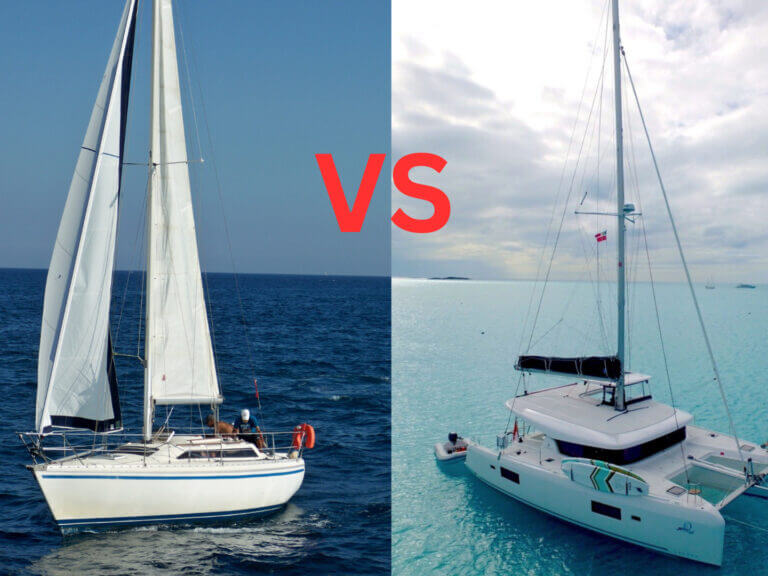How Does a Marine Toilet Work?
Have you ever wondered how a marine toilet works? If you’re planning to embark on a boating adventure or just curious about the mechanism of a marine toilet, this article is for you.
Marine toilets work similarly to the ones on land with a bowl, a seat, and a flushing mechanism that uses water. However, unlike toilets on land, marine toilets don’t have a sewage system to dispose your poo. Instead, they either pump the waste directly into the ocean or store it in a holding tank until it can be emptied onshore.
What is a Marine Toilet?
A marine toilet, also known as a marine head, is a specially designed toilet for boats and ships. Unlike regular toilets, marine toilets are designed to operate on board vessels where there is no direct connection to municipal sewage systems. A marine toilet works by breaking down waste and pumping it overboard or storing it in a holding tank until it can be properly disposed of.
There are various types of marine toilets, which can be separated by form and flushing system. Let’s take a closer look at these types.
Types of Marine Toilets
Cassette Toilets vs. Flush Out Toilets
When it comes to marine toilets, there are two main types: cassette toilets and flush out toilets. Here’s a breakdown of each:
Cassette Toilets
Cassette toilets are portable and self-contained, making them a popular choice for smaller boats or those without a dedicated toilet space. They have a removable cassette tank that can be emptied at a designated pump-out station or onshore toilet. Some pros and cons of cassette toilets include:
Pros
Cons
Flush Out Toilets
Flush out toilets are more traditional marine toilets that use a manual or electric pump to flush waste into a holding tank or overboard. They can be either self-contained or have a separate holding tank. Some pros and cons of flush out toilets include:
Pros
Cons
Types of Flushing Systems
Manual Marine Toilets
Manual marine toilets are the simplest and most affordable type of marine toilet. They are operated by hand using a hand pump that draws in seawater to flush the toilet bowl. The waste is then pumped overboard or into a holding tank.
Pros
Cons
Electric Marine Toilets
Electric marine toilets use an electric pump to draw in seawater and flush the toilet bowl. The waste is then pumped overboard or into a holding tank. Some electric marine toilets come with a macerator pump that grinds up waste before pumping it out.
Pros
Cons
How Does a Marine Toilet Really Work?
A marine toilet works by using a combination of gravity, suction, and pressure to move waste out of the toilet bowl and into the holding tank or overboard. Here’s a step-by-step breakdown of the process:
Maintenance and Troubleshooting
Like any other system on board a boat, marine toilets require regular maintenance to function properly. Here are some tips for maintaining and troubleshooting your marine toilet:

Marine Toilets and Toilet Paper
Using the wrong type of toilet paper in a marine toilet can lead to clogs and damage to the system. Unlike household plumbing, marine toilets are designed to break down waste and toilet paper using minimal water and pressure. Here are some things to keep in mind when choosing toilet paper for your marine toilet:
Laws and Regulations
In addition to understanding how a marine toilet works and performing regular maintenance, it’s important to be aware of laws and regulations surrounding the disposal of waste from a marine toilet. Discharging waste into the ocean is regulated by federal and state laws, and failure to comply can result in fines and environmental damage. Here are some key regulations to keep in mind:
Environmental Impact
Marine toilets can be a significant source of pollution in the ocean. However, there are options available to minimize the environmental impact and make marine toilets more eco-friendly. Here are two options for going green on marine toilets:
Liquid Chemicals
Liquid chemicals can be added to the marine toilet system to break down waste and reduce odors. These chemicals contain enzymes and bacteria that break down waste and help to prevent clogs. They also promote the growth of beneficial bacteria in the holding tank, which can help to break down waste even further.
However, it’s important to use eco-friendly liquid chemicals that are safe for the marine environment. Chemicals that contain formaldehyde or other harsh chemicals can harm marine life and should be avoided.
Composting Marine Toilets
Composting marine toilets are an eco-friendly alternative to traditional marine toilets. They use a natural composting process to break down waste and convert it into fertilizer. Composting toilets do not require water or chemicals, making them ideal for boats with limited freshwater resources.
Pros
Cons
Conclusion
Marine toilets are an essential part of any boat, but they can also be a significant source of pollution in the ocean. It’s important to understand how they work and how to use them properly to minimize their environmental impact. Whether you choose to use eco-friendly liquid chemicals or composting marine toilets, there are options available to make your marine toilet more sustainable.
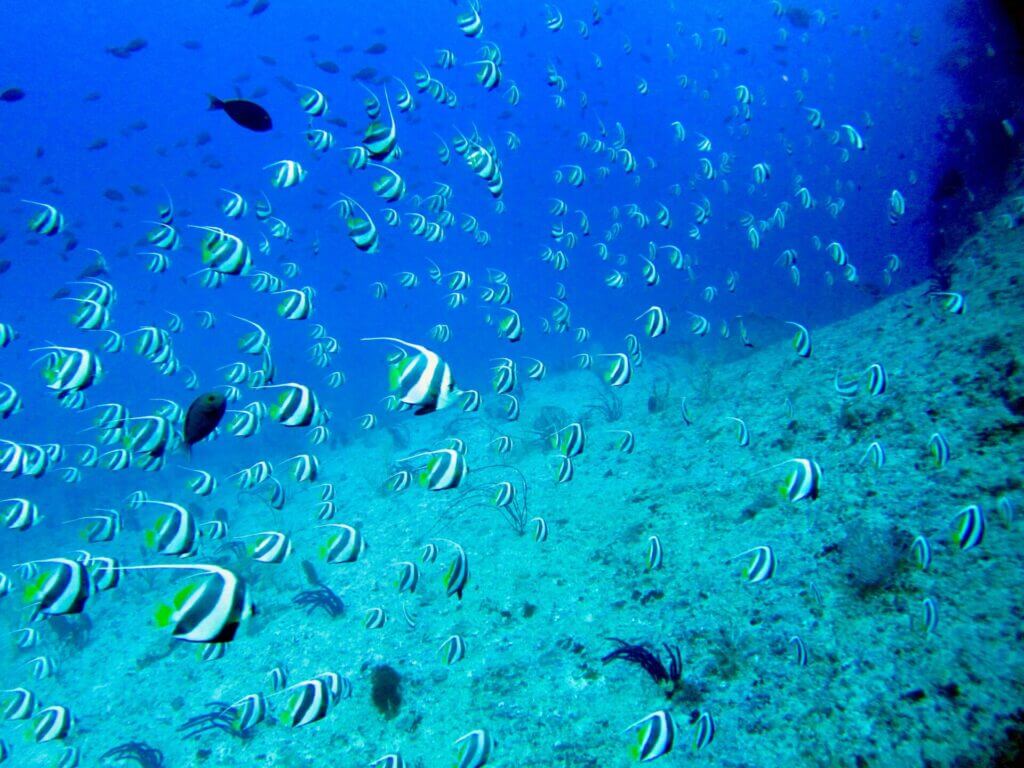
It’s also essential to follow laws and regulations for flushing into the ocean and properly dispose of waste when onshore. By being responsible boaters and taking steps to reduce the environmental impact of our marine toilets, we can all do our part to protect the ocean and the marine life that inhabits it.
Remember, whether you’re out for a day trip or embarking on a long-term voyage, it’s crucial to use marine toilets responsibly and make sustainable choices to minimize the environmental impact. By doing so, we can all enjoy the beauty and wonder of the ocean while helping to preserve it for future generations.
Want to know more about how sailboats work? Have a look at my other posts
FAQs
How often should I empty my holding tank?
It’s recommended to empty the holding tank when it reaches 2/3 full or every three days, whichever comes first.
Can I discharge waste overboard anywhere?
No, it’s important to follow local regulations and discharge waste only in approved areas to avoid environmental pollution.
How can I prevent odors in my marine toilet?
Regular cleaning and maintenance, using marine toilet cleaner, and ensuring proper ventilation can help prevent odors in your marine toilet.

